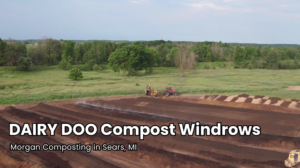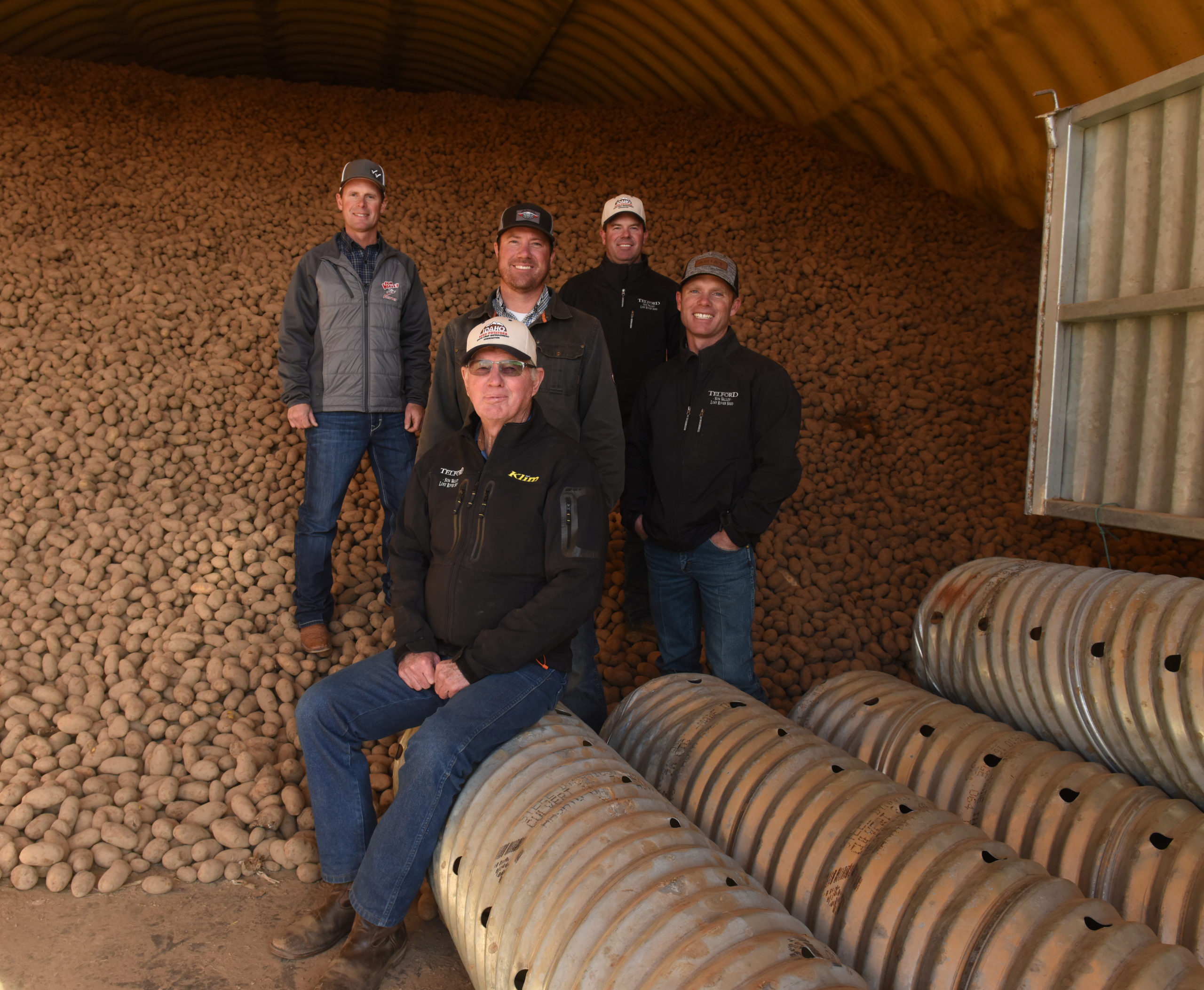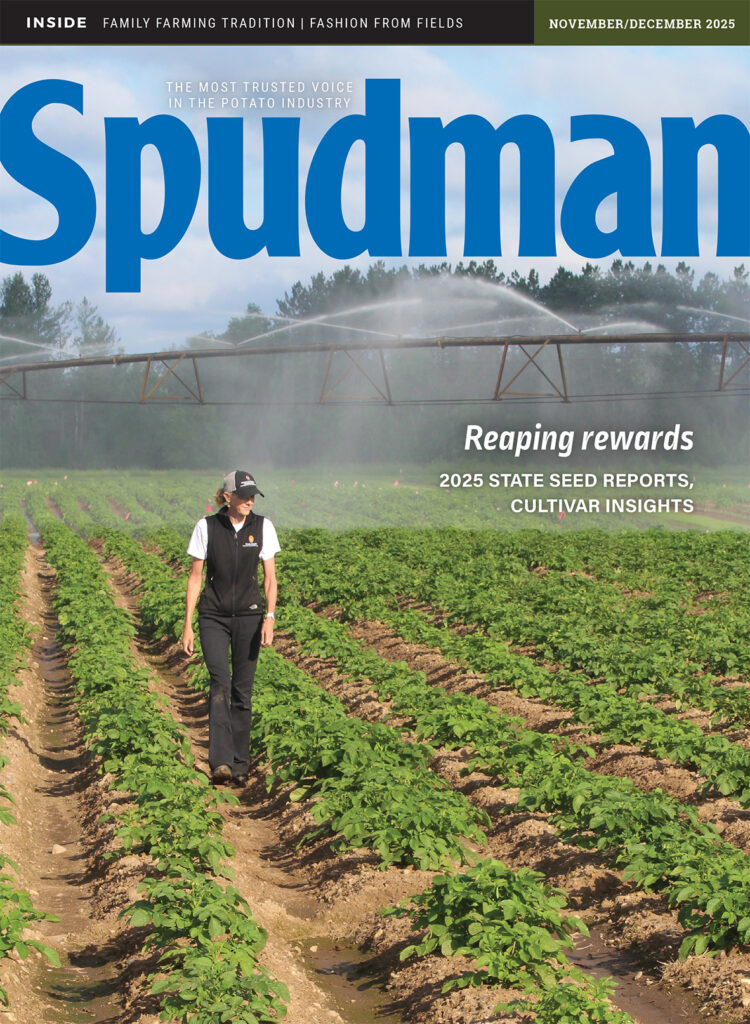Jan 7, 2021Water, resource, yield benefits shown with Soiltech Sensor study
Enabled by AT&T’s nationwide, highly secure LTE-M cellular network, the Soiltech Sensor precisely records and transmits data for soil moisture, temperature, humidity, location and impacts that may create bruising while crops are being grown, transported and stored.
With the world’s population forecasted to grow from about 7 billion in 2010 to 10 billion by 2050, many players are actively working on the global challenge to balance food production while simultaneously reducing greenhouse gas (GHG) emissions from agricultural production.
Soiltech Wireless contributes to both sides of the equation — monitoring variables that affect crop quality so that farmers can increase yield, as well as providing near real-time, actionable insights that allow farmers to decrease watering occasions and trips to the field.
Soiltech and AT&T worked together in the 2020 growing season to measure the environmental and operational benefits of using the sensor across a farm. Not only could farmers see up to a 4% increase in yield, but there is potential to save 500 million gallons of water and 250,000 gallons of gasoline across 10,000 acres of farmland.
“I’m encouraged that companies like Soiltech are using AT&T technology to help farmers improve agricultural yields as well as conserve water and reduce emissions in the process,” said John Schulz, Director of Sustainability Integration at AT&T.
Placing real farm challenges front and center was key to the sensor’s development process which began at the end of 2017. “In talking with growers, almost every single one said water was the most important factor, not just in determining operational expenses, but quality, micronutrients, and many other measurements,” founder and CEO Ehsan Soltan said.
Its ability to travel from soil to storage adds functionality and visibility across a whole farm and whole growing season — a perspective that other sensors lack. “Besides being a soil moisture monitor, it’s an all-crop monitor,” said Luke Radford, agronomist, Moss Farms.
The full case study — released December 2020 and available on www.att.com/10x, highlights both environmental and business benefits across the crop life cycle: growth, harvest, transportation and storage. And while the case study demonstrates results achieved for potatoes, Soiltech’s customers monitor a variety of other crops, including corn, onions, sugar beets, sweet potatoes, hay, alfalfa, barley, beans, watermelon and cotton.
“When I go walk fields with a grower, one of the first things we do is pull up the soil sensor data,” said Jared Cook, consultant for Fertilizer and Crop Protection at Rocky Mountain Agronomics. “We look at the trend as we walk the crop to see how it looks. The fact that the data is real time and can be pulled up right there as you are looking at the actual conditions helps us make better decisions about managing the crop.”
Soiltech Wireless is headquartered in Rupert, Idaho. The Soiltech Sensor provides actionable insights without complicated installation — allowing growers and other supply chain participants to view near real-time data to drive efficiency and optimize quality.
For more information, visit www.soiltechwireless.com.














